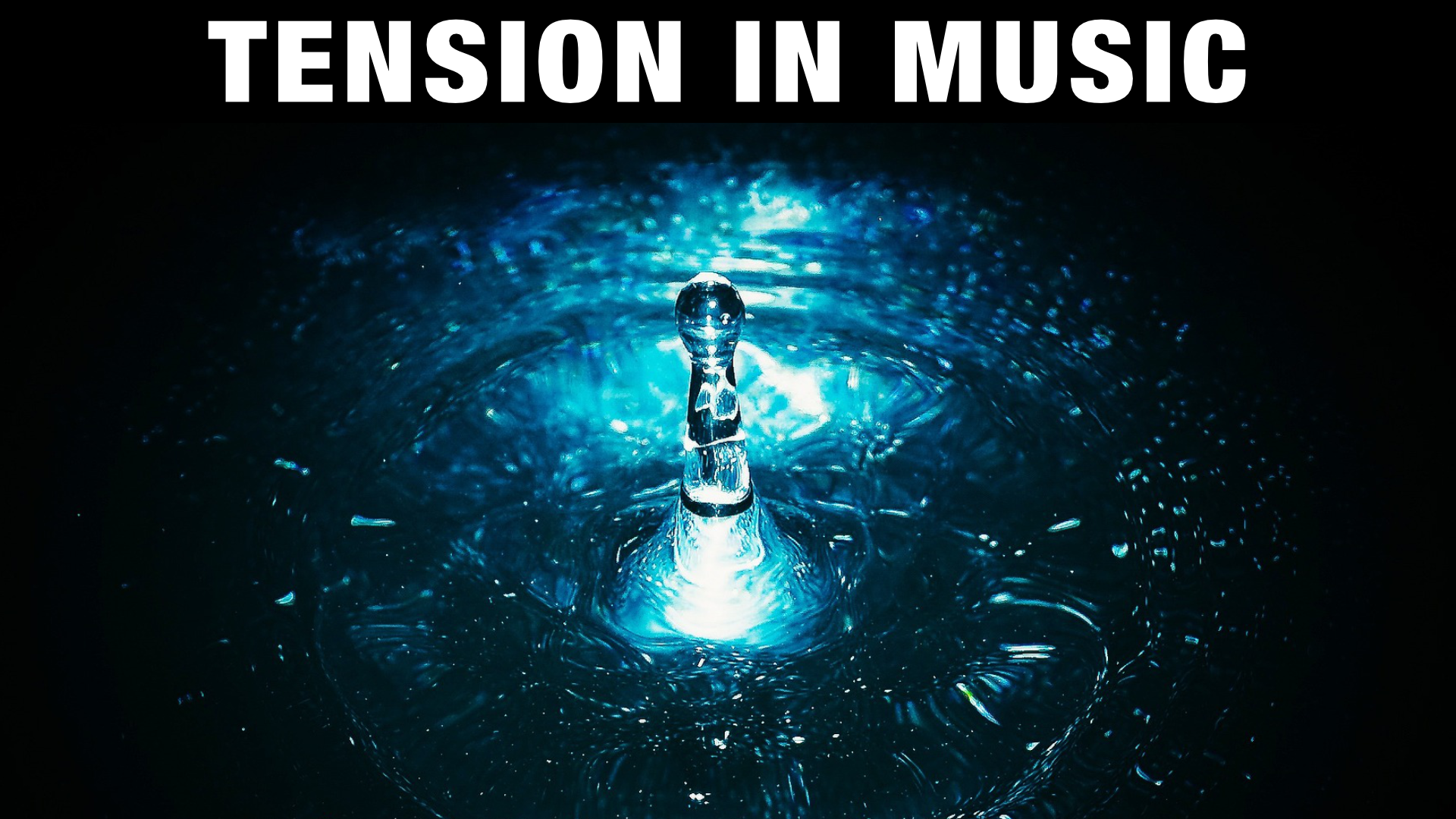 Do you want to compose music for soundtracks in movies, TV, video games etc?
Do you want to compose music for soundtracks in movies, TV, video games etc?
Many times you need to add tension in the music, to increase the intensity of the visuals. And you can do this in many ways, let’s explore them now:
7 Tips on How to create Tension in Music
- Focus on Minor Chord Progressions
- Write Chromatic Steps (minor 2nds)
- Add Surprising Chord Changes (non-diatonic)
- Perform Tension Articulations (Tremolos, Trills)
- Add Rhythmic Pulses (Ostinatos, Stutters etc)
- Use Syncopation (Unusual Rhythms create unease)
- Create Suspense Sounds (Drones, Textures)
These are some good guidelines to start from, but you can create and add tension in so many ways in music.
The main way is of course to use the power of harmony to add dissonance. Harmony in the chords, harmony in the melodic intervals, and harmonic lines that add tension to the lead.
Then you can use the instruments themselves to shape the sounds with playing techniques (articulations) like: tremolos, harmonics, trills, growls etc.
And finally, the sounds themselves can add tension. Especially with synth sounds and recorded textures, that you use as sound design elements for adding tension.
Experiment with Time
You can also experiment with tempo (slow can make it ominous tension, while fast and rhythmic can add a sense of stressful tension).
On top of that you can also explore tempo changes, rhythmic syncopation, and sudden rhythmic changes, which all can add a sense of “strange surprise” to the listener, and thus add tension as a result.

